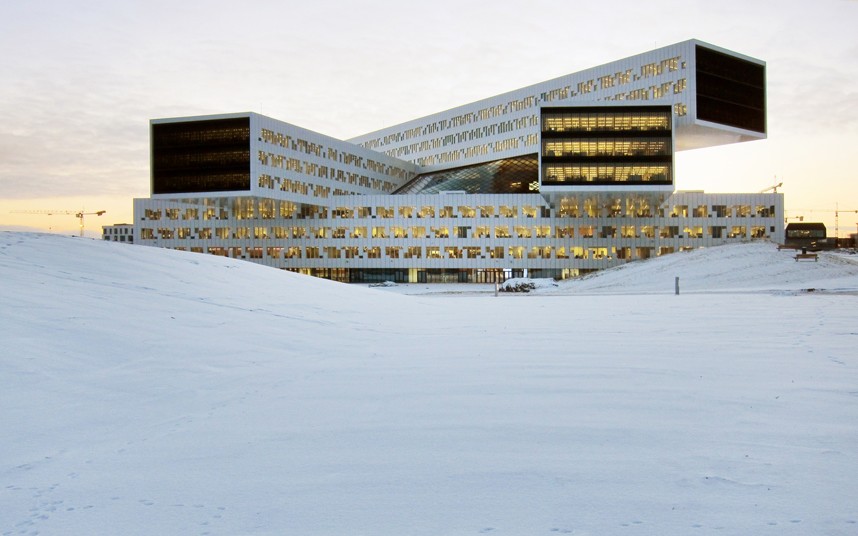
Architects and urban designers often attempt to solve urban spatial problems by designing green spaces and parks at important junctures in the city. In Dallas’ case, as in most American cities, highways define the majority of interstitial space in the city and subsequently divide it into various zones. Open space is typically available only in the size of a parking lot here or there pot-marked throughout the city. This all results in the general lack of connectivity between zones; and users need to drive from one place to another to experience these green or “event oriented” spaces rather than on doing so on foot.
However the award winning Klyde Warren Park addresses the problem of urban connectivity in spades and solves several other issues as well. Indeed the key concept to this urban park is that it reclaims the space that has historically been occupied by Woodall Rodgers Freeway. This 5.2 acre park designed by OJB floats atop of the Woodall Rodger Freeway which has long been one of the major borders separating the “Uptown” from the “Arts District”. Now these two zones share the park as a green transitional zone. Although Dutch architects have been reclaiming road infrastructure for urban space through similar means, this is one of the largest attempts at in the US and could influence projects in other US cities.

Secondly, the park also is not just a destination, but a place. Typically, new urban interventions are inward looking. Take for example, Victory Park in Dallas. Although this Dallas urban landmark is very popular and attracts a higher end user base, it is often criticized as a place where people go out of their way to drive to for special events and later drive away after the event is over. Additionally, the main venue is surround by a sea of parking lots. People tend to not just “hang out” there. Klyde Warren Park on the other hand has become exactly the kind of place one would want to spend their Saturday afternoon or simply their lunch hour at.

Lastly, Klyde Warren organically serves as a catalyst for development to the surrounding areas. Often missed in urban development and renewal is the necessity to develop purely pedestrian energized spaces. Urban parks are a great tool to do so but rarely do they serve as the transitional component to a larger problems of fragmented urban geography. Already there the park is re-energizing interest in condo units around it such as Lincoln Property Co.’s Parkside condos which have been mostly in shell condition for the past three years. I would surmise that there was also a synergy created for development and construction for the new Perot Museum as well although I have no background info on that.



